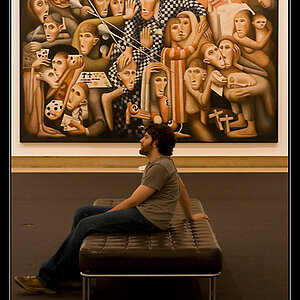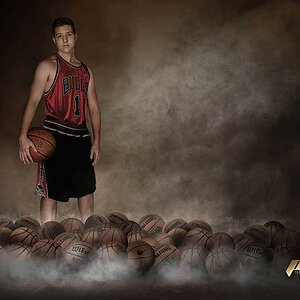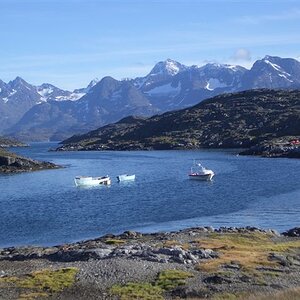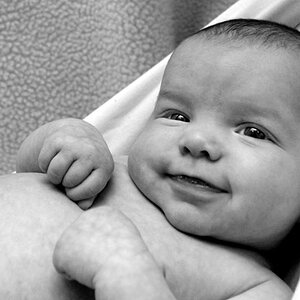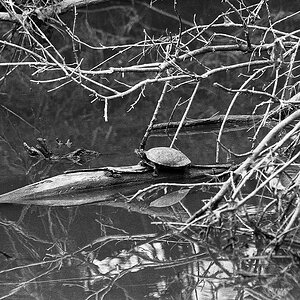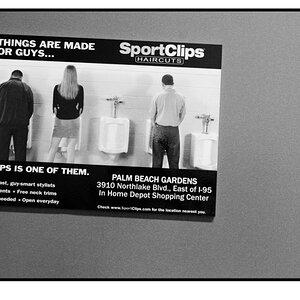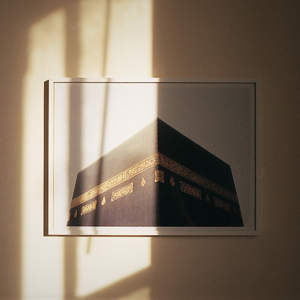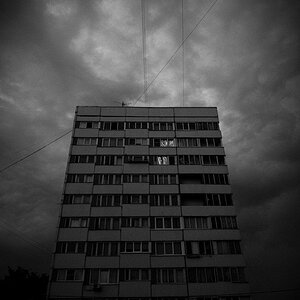Dahrol
TPF Noob!
- Joined
- Mar 21, 2012
- Messages
- 127
- Reaction score
- 3
- Can others edit my Photos
- Photos OK to edit
I get my new Nikon DSLR three weeks after I start at the Art Institute in 10 days, but what I've been messing with is a Fujifilm FINEPIX S2940 that is a pain in the arse when it comes to focus, sharpness, and any kind of low light picture taking, even with the ISO increased.

The camera I wanted was out of my price range, and for the same price of my camera, I could have gotten a small pocket Nikon digital camera, but the zoom wasn't impressive and I didn't see a macro button.
I took a risk and purchased this one, because I was a fool and judged the book by the cover. It can occasionally take nice shots, but most of the time, the focus has a mind of its own, even when placed on a tripod. The video feature constantly goes in and out of focus while filming, so it's no better.
How can I work with this camera until I get my nikon? Could I be doing anything wrong with the way I've been using it in terms of focus and trying to eliminated noise while taking photos either in the dark or in dimly lit rooms?

The camera I wanted was out of my price range, and for the same price of my camera, I could have gotten a small pocket Nikon digital camera, but the zoom wasn't impressive and I didn't see a macro button.
I took a risk and purchased this one, because I was a fool and judged the book by the cover. It can occasionally take nice shots, but most of the time, the focus has a mind of its own, even when placed on a tripod. The video feature constantly goes in and out of focus while filming, so it's no better.
How can I work with this camera until I get my nikon? Could I be doing anything wrong with the way I've been using it in terms of focus and trying to eliminated noise while taking photos either in the dark or in dimly lit rooms?



![[No title]](/data/xfmg/thumbnail/41/41778-1940e957c27e1919c300dfedbc32d1c3.jpg?1619739889)
